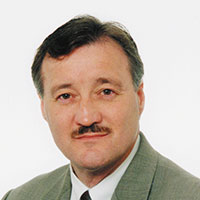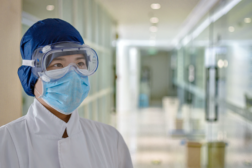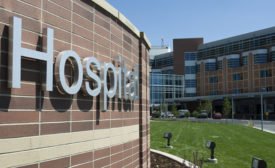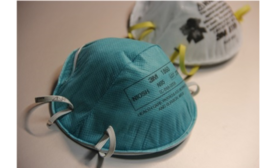Home » Keywords: » healthcare worker safety
Items Tagged with 'healthcare worker safety'
ARTICLES
Best Practices
Survey on work-related exposure in EU to be published this year
Read More
An alternative solution to the N95 respirator shortage
Safety veteran discusses PPE crisis
May 27, 2020
High-Reliability Operations emphasize error management
A system of checks & balances
August 1, 2019
Get our new eMagazine delivered to your inbox every month.
Stay in the know on the latest safety trends.
SUBSCRIBE TODAYCopyright ©2024. All Rights Reserved BNP Media.
Design, CMS, Hosting & Web Development :: ePublishing










